In today’s world filled with pollutants, many are turning to natural methods and easy ways to detox. If you’ve browsed the internet or follow social media, you might have encountered the concept of an armpit detox. A popular ingredient in these detoxes is baking soda, but does it deliver on the promises made?
Understanding Armpit Detox
An armpit detox resembles a facial mask, but it’s designed for your underarm. The paste is applied to the underarm region to pull out toxins, clear chemical residues, and eliminate bacteria that cause odor. You apply the mixture, allow it to dry, and then wash it off, letting it absorb impurities and microbes. Many people use armpit detox masks when transitioning from traditional deodorants to natural ones, believing it helps the body adapt to the lack of aluminum and other sweat-blocking chemicals found in standard deodorants and antiperspirants. The specific ingredients used in an armpit detox might minimize skin irritation, reduce odor, or address excessive sweating during the switch to natural deodorants. Typically, the armpit paste contains natural absorbent or antibacterial components that draw out toxins and eliminate bacteria. Baking soda, bentonite clay, cornstarch, and charcoal are known for their absorptive qualities, while apple cider vinegar and essential oils assist in maintaining microbial balance.
Advantages of a Baking Soda Armpit Detox
Though not typically advised by dermatologists, an armpit detox might offer several advantages:
-
Decreased armpit odor: Standard deodorants can leave residues on the skin, blocking sweat glands and trapping bacteria that cause bad smells. Cleansing the skin, achieving a balanced pH, and managing bacteria can all contribute to odor reduction.
-
Improved skin microbiome: Acidic elements in detox pastes can help restore the skin’s natural microbiome. By promoting a healthy skin microbiome, the skincare products we use aid in maintaining a protective barrier against toxins.
- Reduced breast cancer risk: Steering clear of toxins near the lymph nodes while supporting a healthy skin barrier might lower the risk of cancer, but no scientific studies currently prove the effectiveness of an armpit detox in this regard.
Generally, lowering your exposure to toxins while supporting a healthy microbiome contributes to overall health.
How Not to Detox Your Armpits
The most common recipes for armpit detox include a mix of baking soda and vinegar. Despite its impressive fizzing, this combination is not effective. Baking soda, an alkaline substance, and vinegar, an acid, neutralize each other, failing to cleanse the armpits effectively. Moreover, baking soda’s high alkalinity can disturb the skin’s natural pH balance if overused, as human skin ideally has a pH close to 5.0. When the skin’s pH becomes too alkaline, it may harm the skin’s microbiome, possibly increasing body odor over time. If using baking soda in an armpit detox, it is advisable to use it separately as an exfoliant. Its abrasive nature can help remove dead skin cells. However, it should be used sparingly due to potential side effects, such as drying and irritating the skin, potentially doing more damage than good. Refrain from applying any armpit detox on recently shaved skin to avoid irritation. For safety, conduct a patch test by applying a baking soda paste on your arm and leaving it for about an hour to check for skin irritation.
Effective Armpit Detox Methods
To perform an armpit detox, start by mixing your chosen ingredients to create a paste. A recommended combination includes bentonite clay with water or apple cider vinegar. Apply the paste to clean, dry armpits and leave it for 5 to 20 minutes, akin to a face mask. Once dry, remove it with a shower or a warm, wet cloth. Adding essential oils to the underarm detox can be beneficial too. Essential oils not only provide fragrance but also have significant antibacterial properties. Examples of suitable essential oils are lavender, lemongrass, rosemary, and tea tree oil. Simply incorporate a few drops into the paste during mixing. Additionally, lymphatic massage can be useful. With over 20 lymph nodes in the armpits, and since the lymphatic system lacks its own pump, a manual massage helps keep it moving. After completing an initial armpit detox, transition to using natural personal care products. You can create your own homemade deodorant using coconut oil and other natural materials. One recipe includes magnesium to help restore mineral balance in the underarm area. Many aluminum-free, paraben-free natural deodorants are available in health stores. Always review the ingredients as some might contain synthetic fragrances, talc, lanolin, or other undesirable substances.
Top Deodorant for Odorous Armpits
Numerous natural deodorants are ineffective according to users, as they require frequent reapplication throughout the day. This prompted the development of Wellnesse’s Mineral Deodorant. This product utilizes natural ingredients to combat armpit odor while avoiding exposure to harmful substances. It contains coconut oil and shea butter for moisture, with baking soda to neutralize odor and toxins, all while being pH balanced to avoid the skin irritation that straight baking soda may cause. The addition of essential oils and zinc ricinoleate from castor oil helps fight odor. It also carries a soothing palo santo scent and is a favorite for post-shower or after an armpit detox.
Have you ever tried an armpit detox? Did you experience any positive effects? Share your thoughts with us!


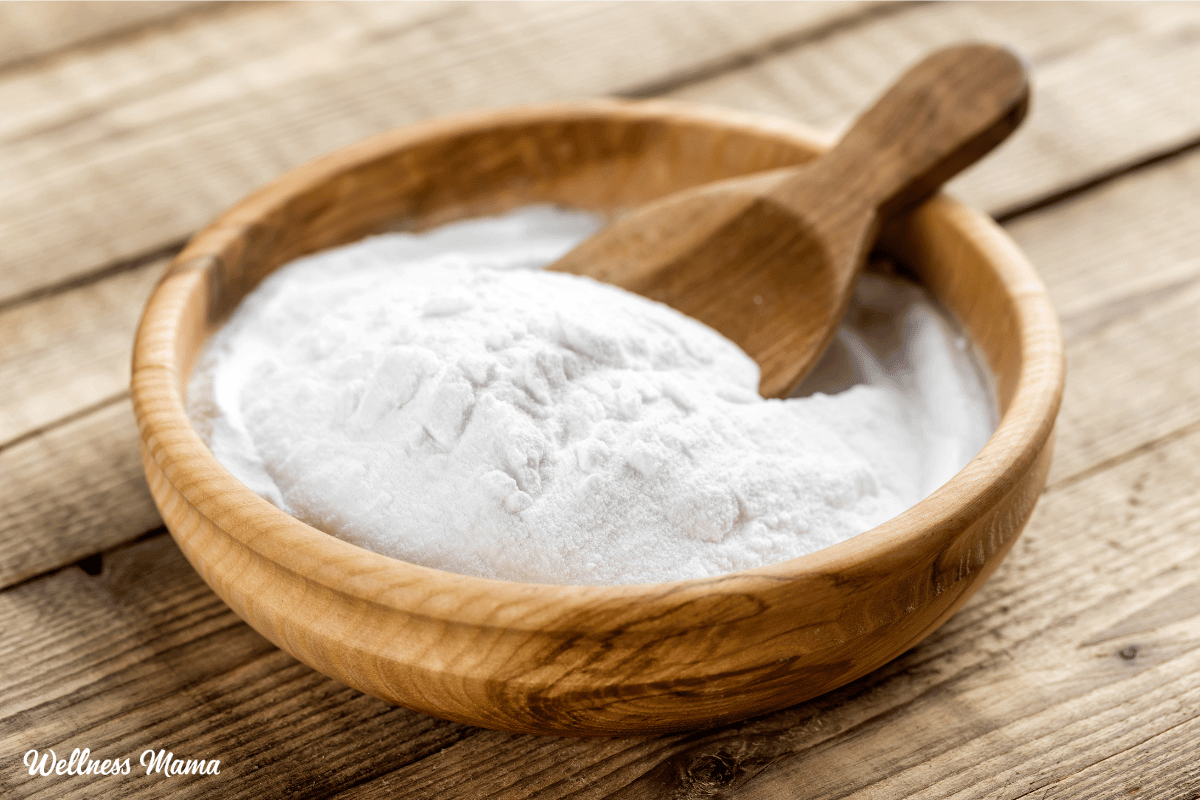
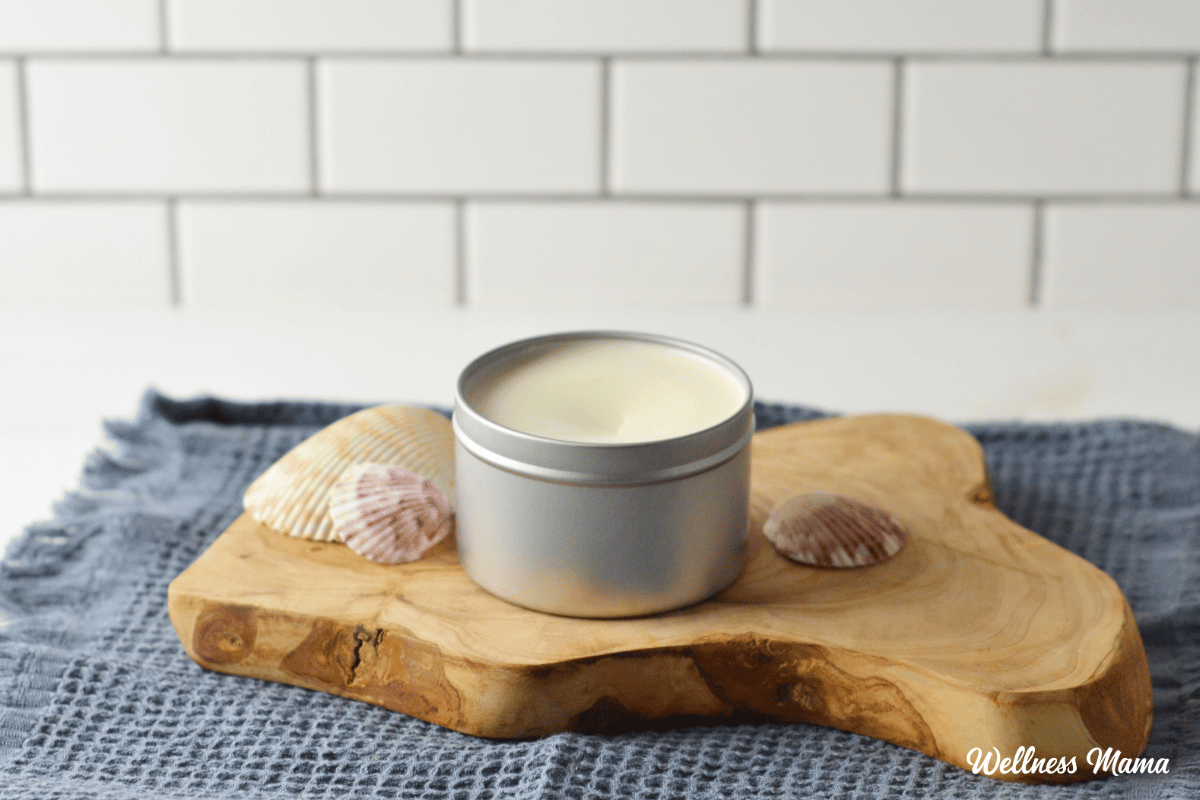
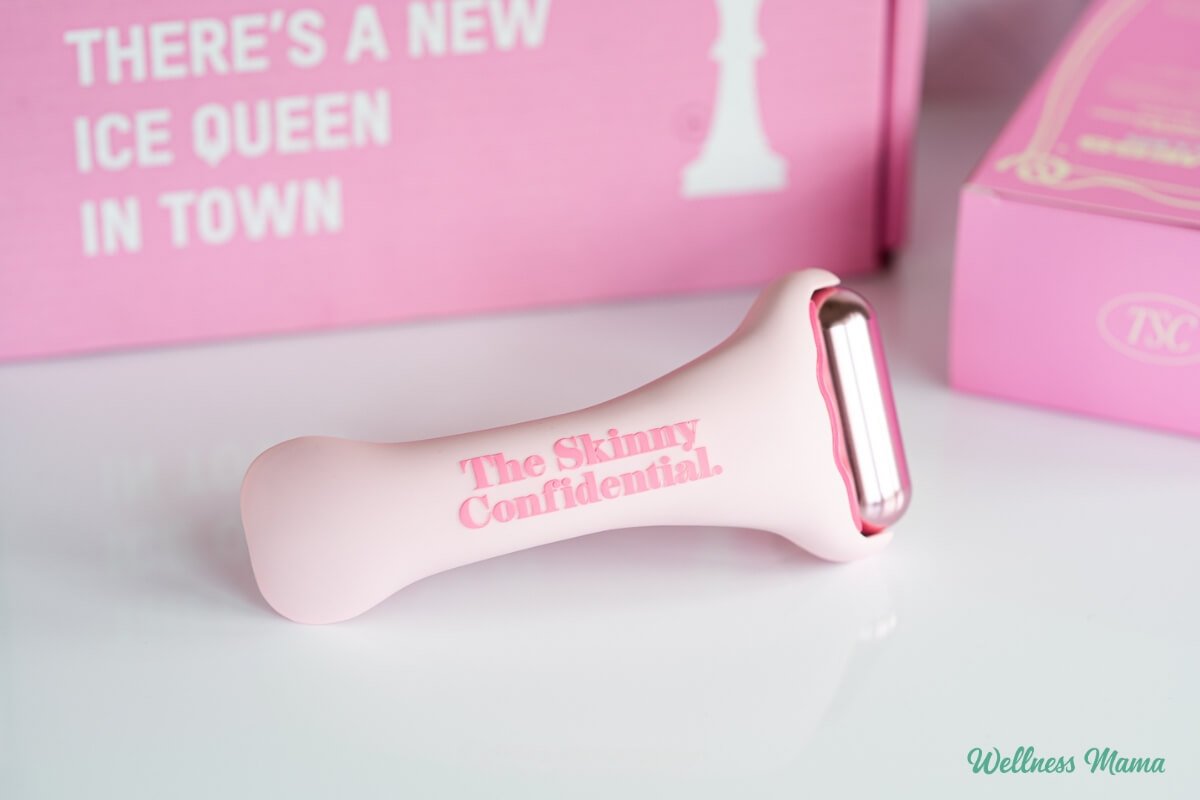
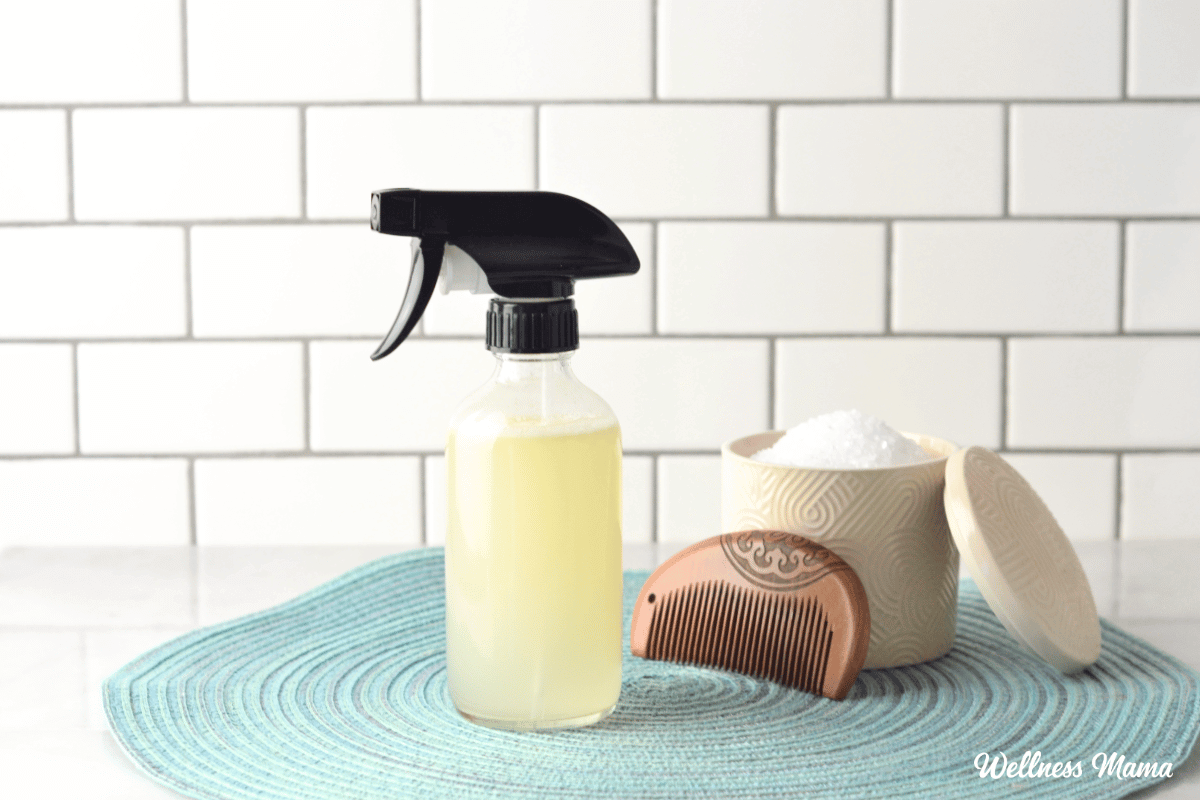
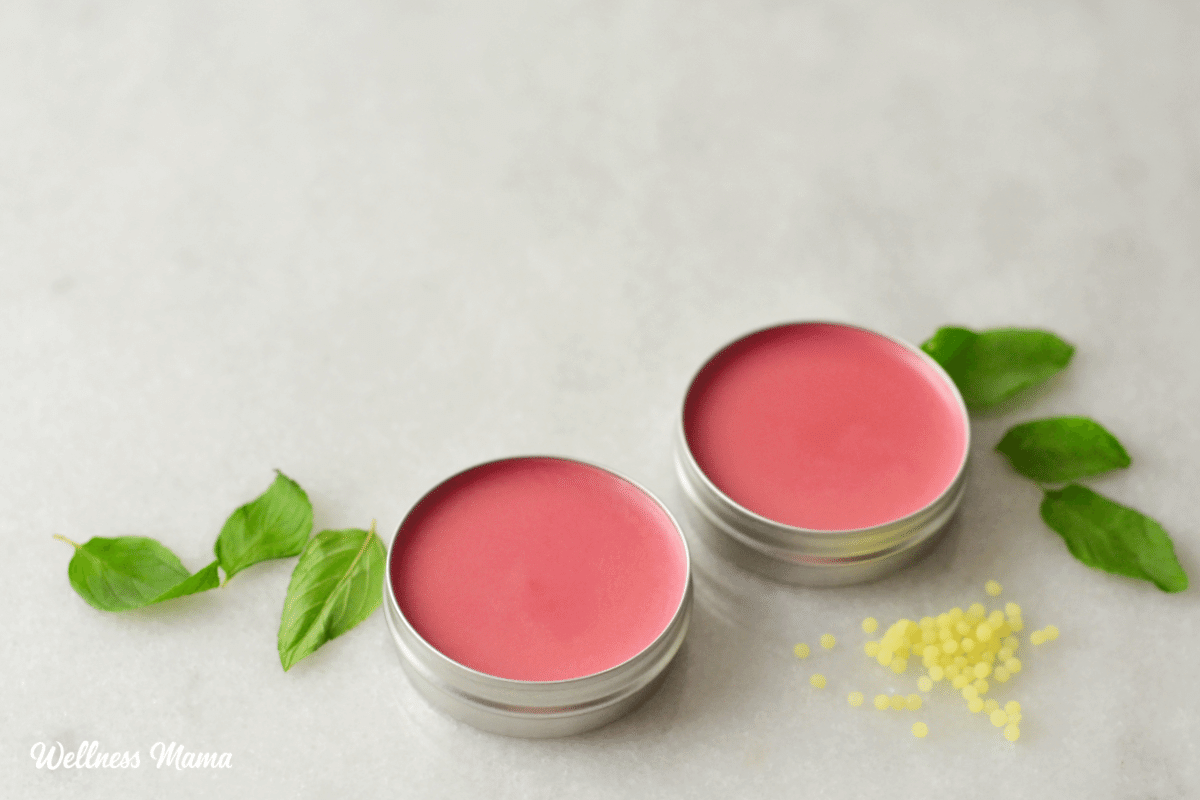
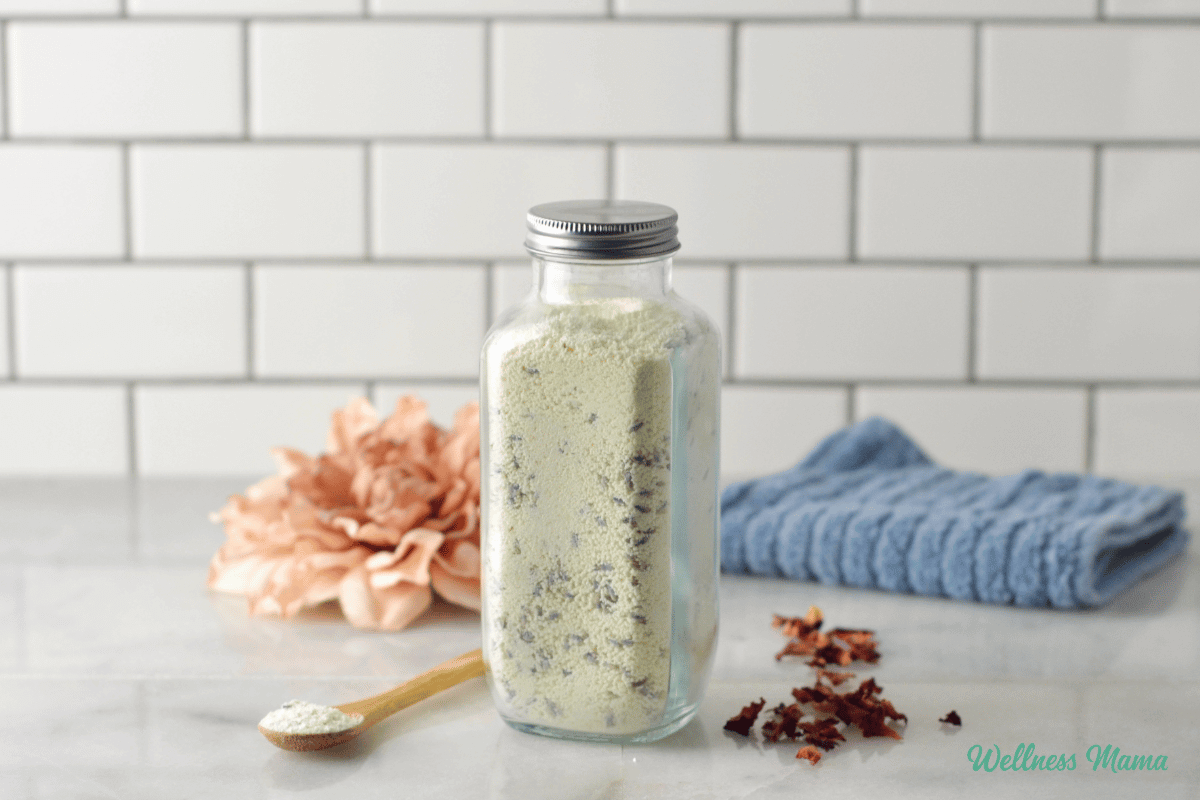

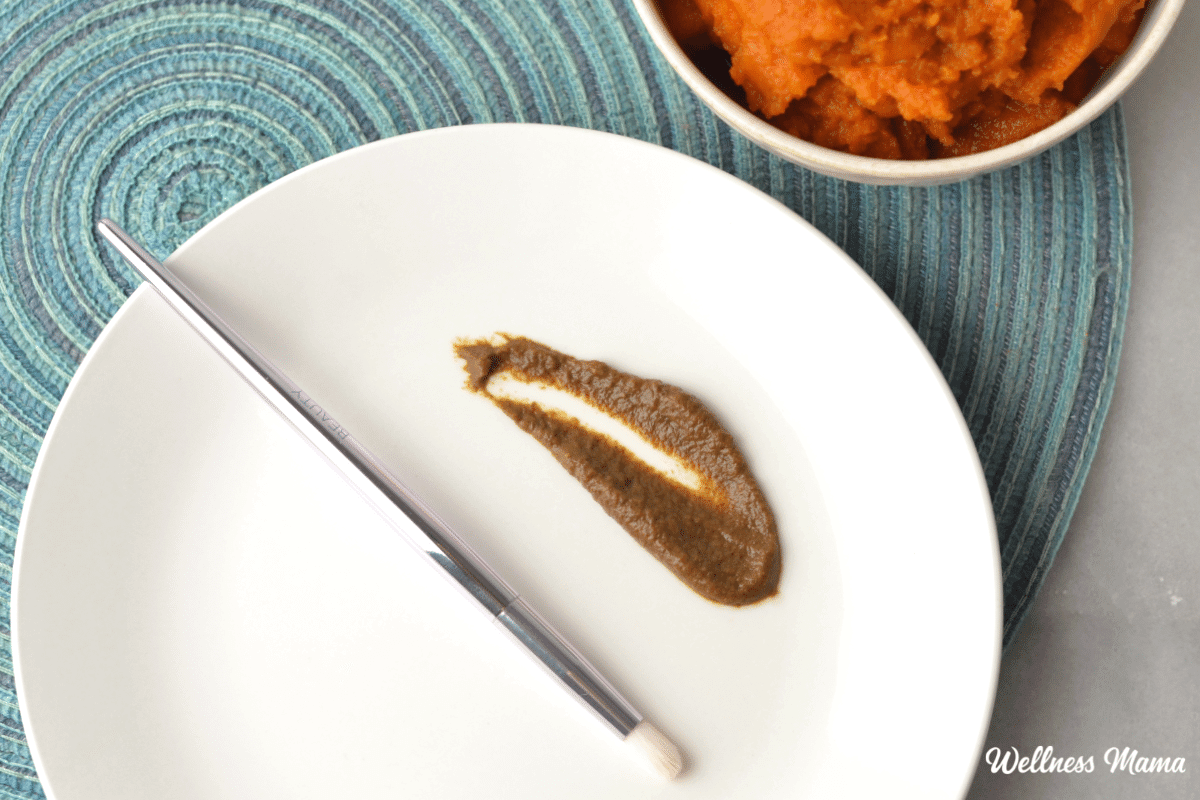


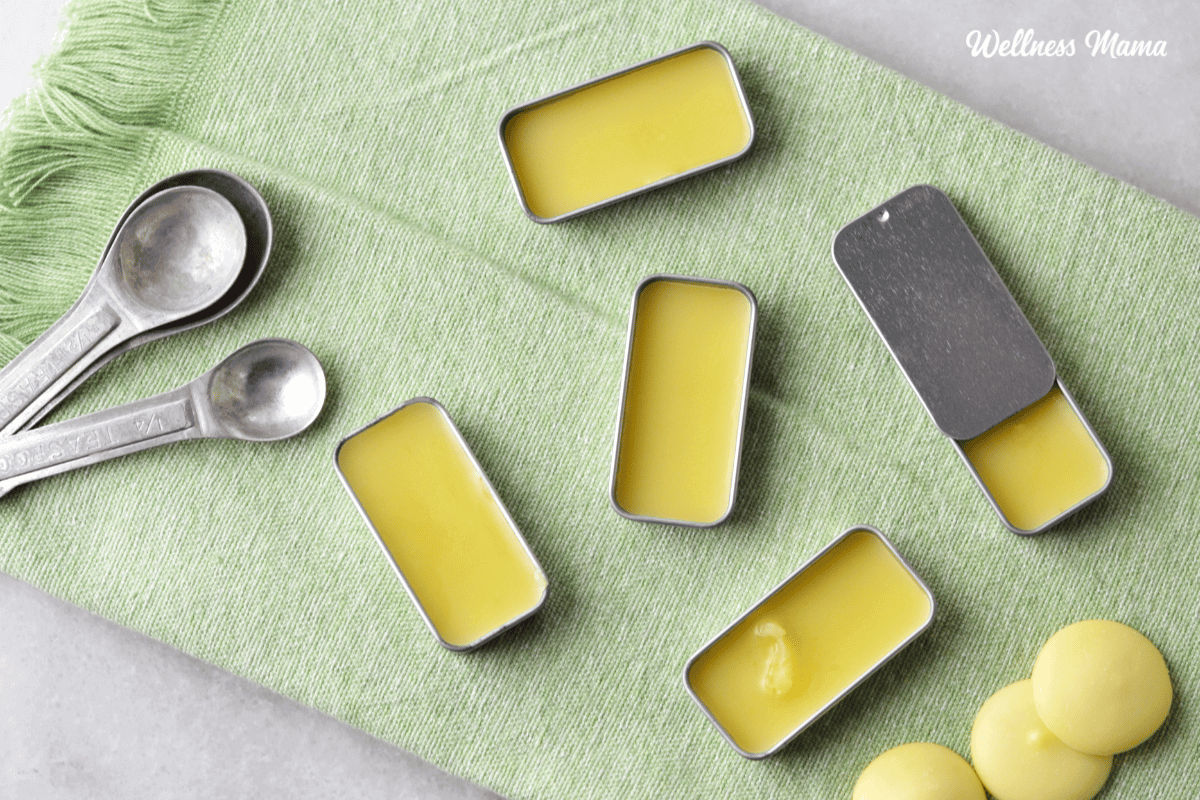


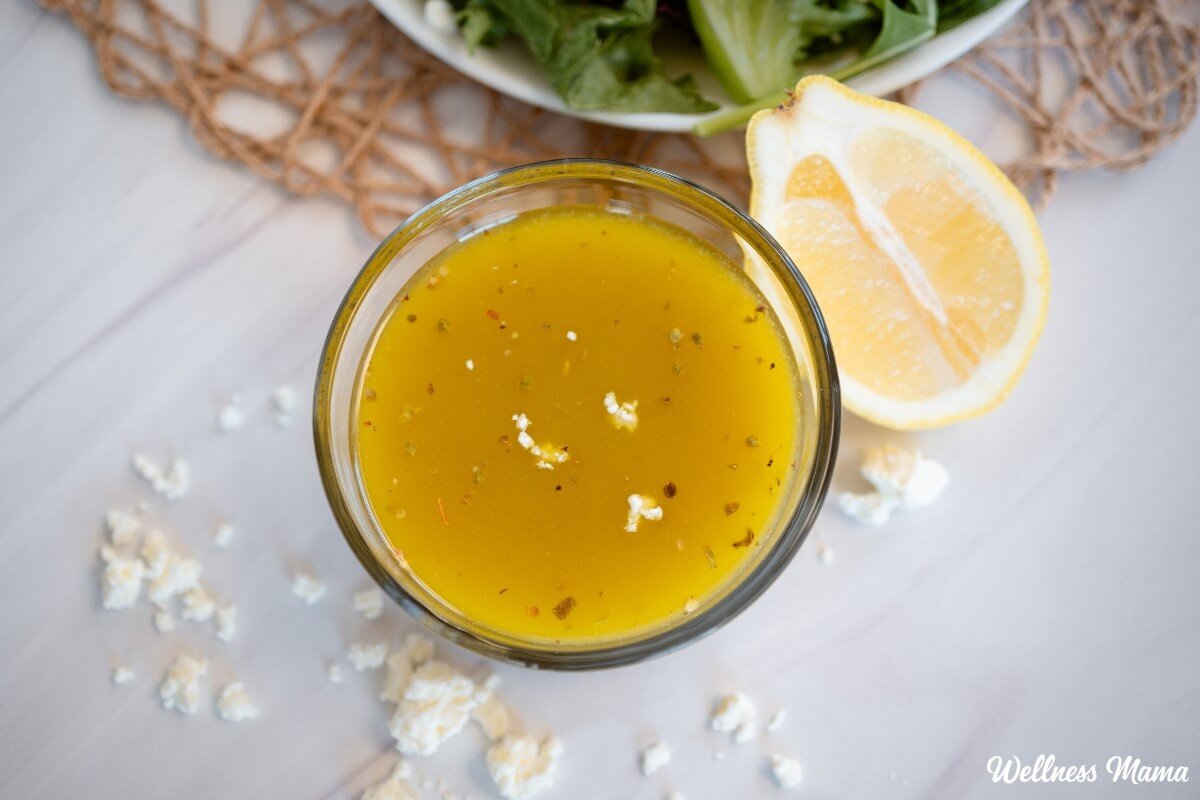

Leave a Reply